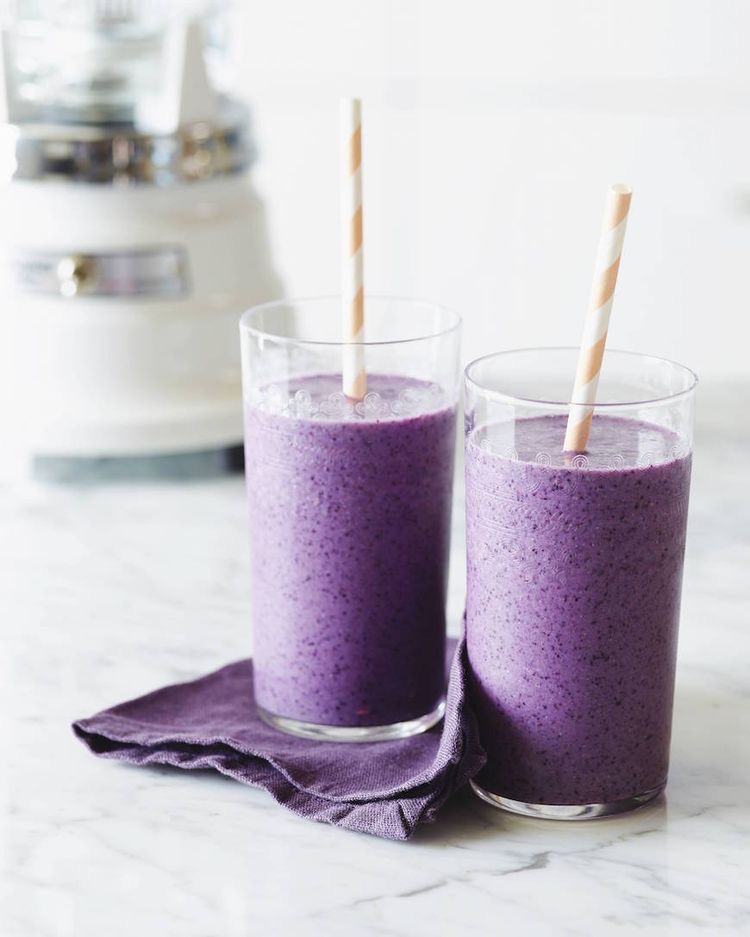Smoothies are a popular choice for quick breakfasts and healthy snacks. The combination possibilities extend as far as your imagination takes you, proving to be an excellent way of consuming the nutrient-dense vegetables you may not love with the delicious taste of fruit, loaded with vitamins, fibre and antioxidants.
While it is essential to understand the potential negatives that may come from consuming more than the recommended serving size and daily intake of natural sugars, the benefits of smoothies in a balanced diet far outway any possible side effects. So grab your favourite version of Smiths City blenders and indulge in this delicious treat.
You’ll also like this:
Planning an Exclusive Yachting Getaway? 6 Things You Should Know About It
Stress Management Techniques: Top 4 Strategies for Coping with Stress
Escape To A Luxurious Wellness Retreat in NSW
Nutritional Breakdown
The nutritional benefit of a smoothie is heavily influenced by the ingredients you choose to include. For example, whole-milk yoghurt will have a higher fat content than using water or non-fat yoghurt as your liquid. Milk, water or yoghurt contains much less sugar than fruit juice.
In addition, different fruits and vegetables will contain higher or lower levels of various nutrients, vitamins, antioxidants and fibre levels. Therefore, it will be beneficial to research which combinations work best with each other to get the most out of your morning smoothie.
Health Benefits
Smoothies contain multiple health benefits and can be a helpful tool in an approved weight loss diet. If you are content with replacing one meal daily with a smoothie, it is an excellent way to get your daily recommended fibre intake and hit your five-a-day vegetable goal.
Increased Fruit & Vegetable Consumption
One of the biggest advantages of smoothies is that you can sneak in nearly any fruit or vegetable and still have a nice-tasting food option. In addition, studies show that consuming a sufficient amount of fruits and vegetables daily helps to reduce severe illnesses and allows you to live a healthy and balanced lifestyle.
If you struggle to get through your five-a-day or want to consume more vegetables you don’t enjoy the taste of, one smoothie a day will allow you to hit this mark.
Increased Fibre Consumption
According to the USDA, the average adult should consume between 25 and 38 grams of fibre daily. Reaching this number is incredibly important, as poor fibre intake can contribute to poor digestion and be linked to more severe illnesses like type 2 diabetes and heart disease.
Because of their high fibre levels, smoothies can help bridge the gap between your regular fibre intake and those recommended by professionals.
Ideal for Fussy Eaters
While water and milk are the best drink options for growing children, smoothies are an excellent way to include food options into their diets they made not otherwise eat. For example, it is simple to hide less appealing vegetables like cauliflower, spinach, ginger and sweet potato behind more delicious fruit flavours.
Thanks to the endless combination possibilities, they can be made to fit specific dietary needs and taste preferences, making them a good source of nutrients for fussy eaters. Furthermore, they are ideal for children with poor appetites and teenagers on the go.

Image via Not Quite Nigella
Homemade is Best
Many shop bought smoothies are made from cheaper, more processed ingredients, like fruit purees and juices. These variations cause the natural sugars to become more concentrated and strip away the health benefits of whole fruits, such as fibre, vitamins, nutrients and phytonutrients.
Additionally, most shop-bought options are larger than the recommended serving size of 150ml but do have added nutrients like vitamins B, C and E. Homemade smoothies, however, will contain all the fibre and be naturally nutrient-dense because they are freshly made and will likely be consumed immediately.
Fresh vs Frozen
Studies have shown that certain nutrients, including vitamin C, are found to be higher in fruits frozen at harvest compared to their fresh counterparts. However, beta-carotene, which the body converts into vitamin A, is found to be reduced by the freezing process.
While each fruit and vegetable will differ in nutritional value, the general understanding is that both options provide the necessary health benefits you are after. The choice will come down to personal preference, food budget and availability. Frozen produce tends to be cheaper, last longer, and allows you to enjoy options that are out of season.
Important to Remember
While smoothies do present a number of health benefits, as previously mentioned, it is important to understand the potential negatives with which it comes. When you blend fruits, you break down the plant’s cell and expose the natural sugars that are found inside.
These sugars are known as ‘free sugar’, the type we are most often told to cut back on. However, consuming too much of this sugar can lead to tooth decay, provide unwanted extra calories and push up blood sugar levels. For this reason, it is vital to remember that regardless of how many different fruits you include in your smoothie, it only counts as one serving of your five-a-day. Vegetables, however, don’t carry this same risk, and adding multiple different varieties can allow you to consume two to three servings simultaneously.
You’ll also like this:
The 10 Best Yoga Studios In Sydney








Leave a Comment